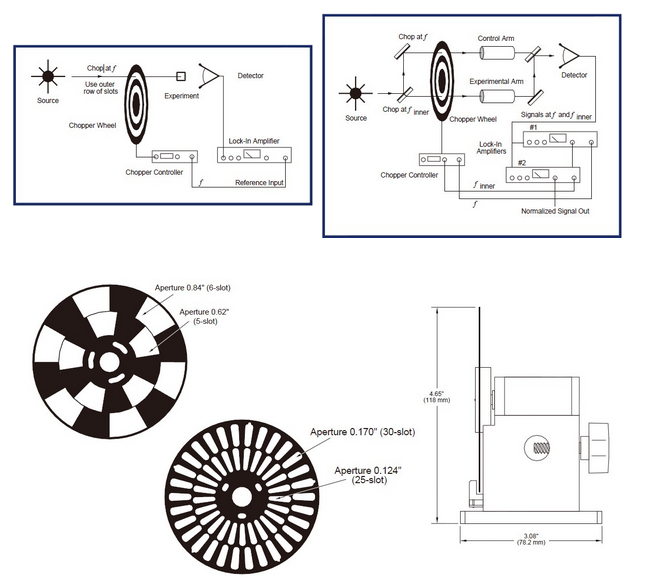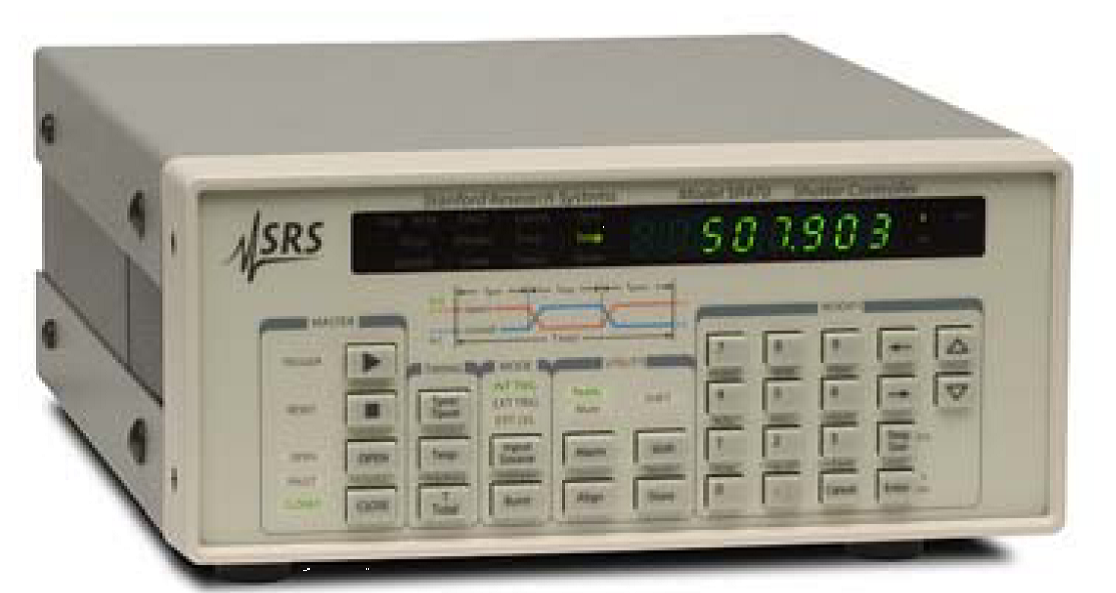
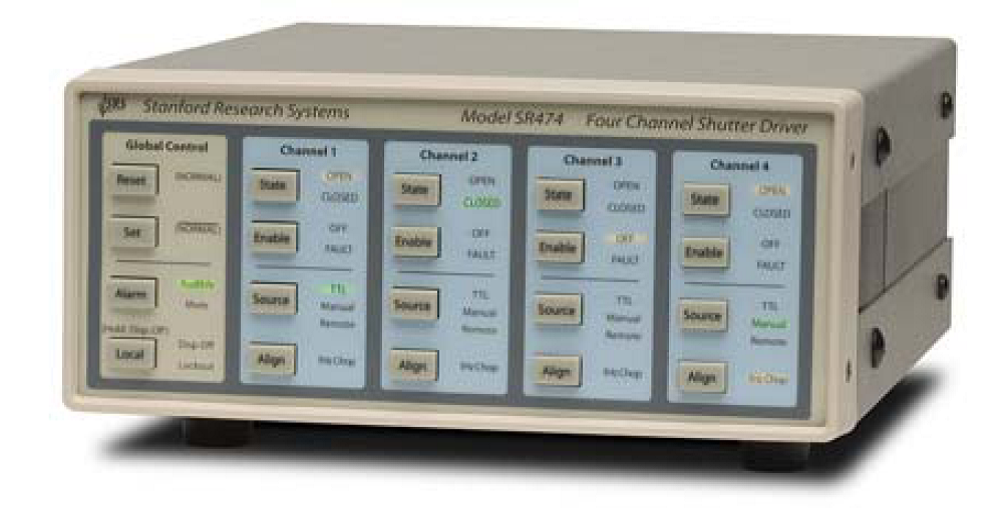
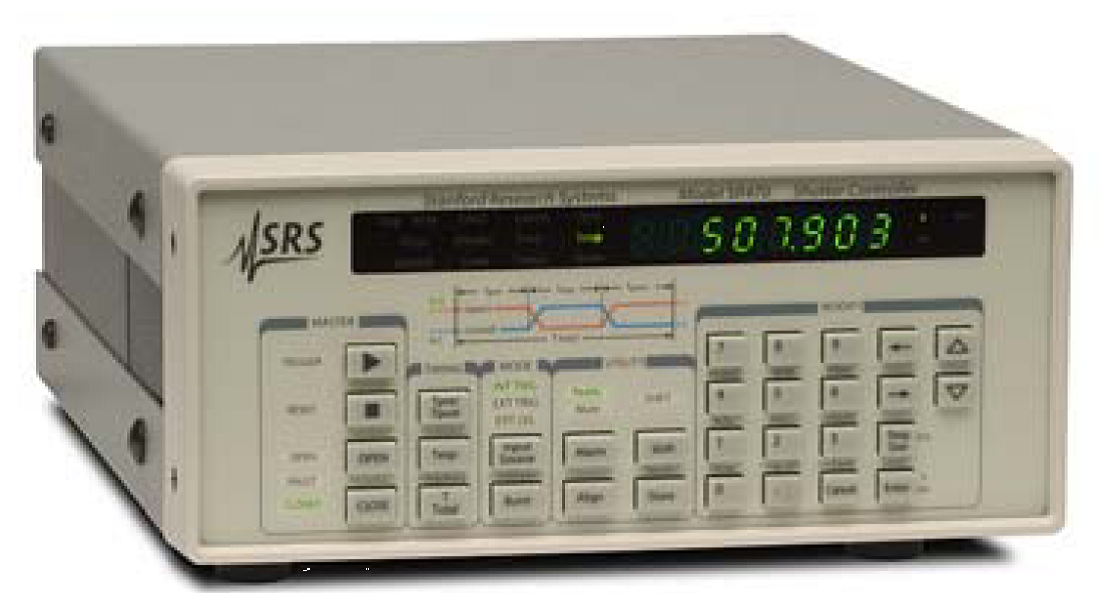
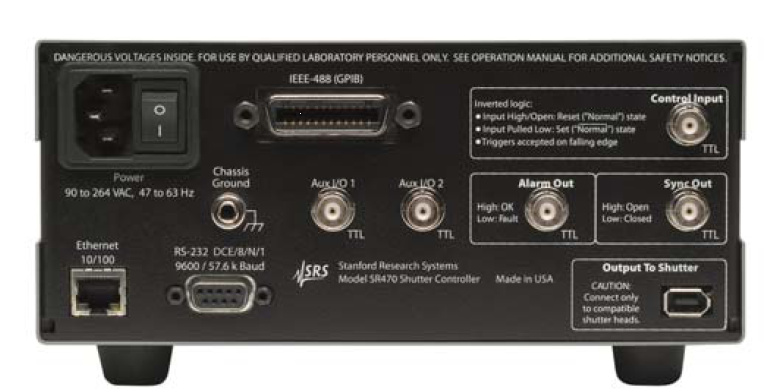

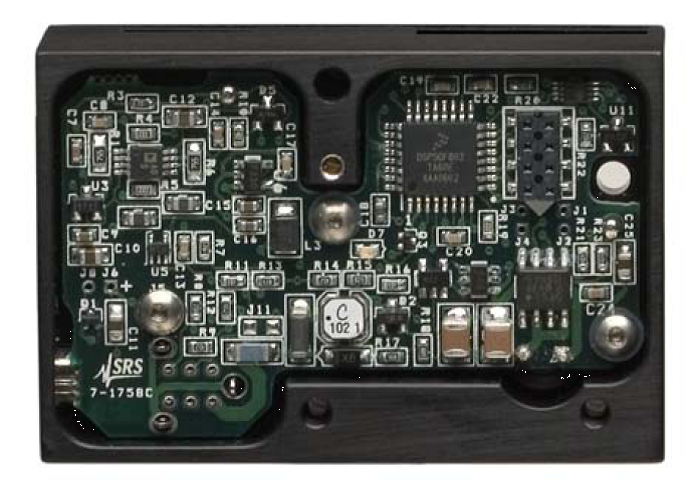



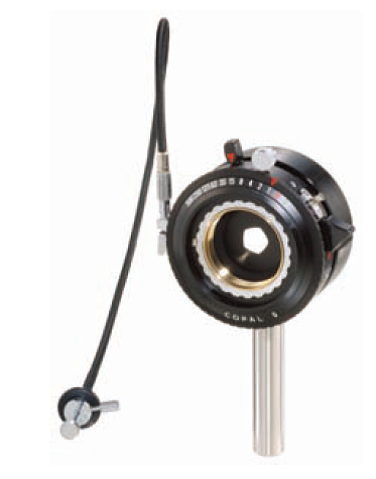
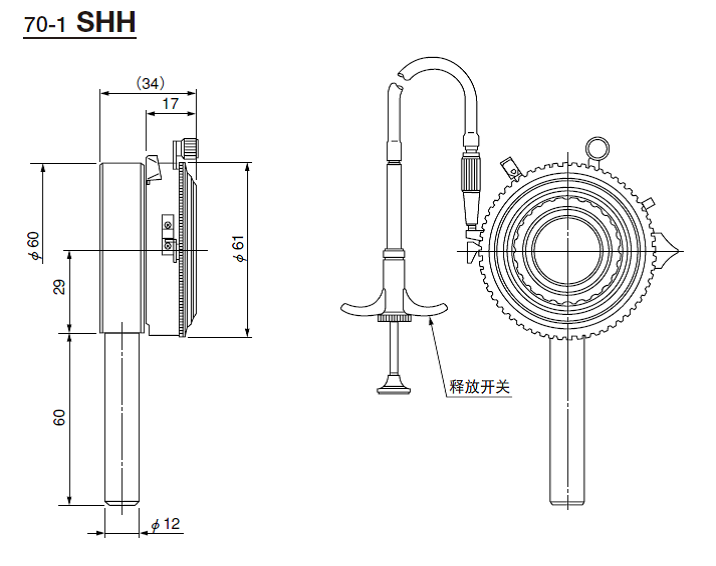
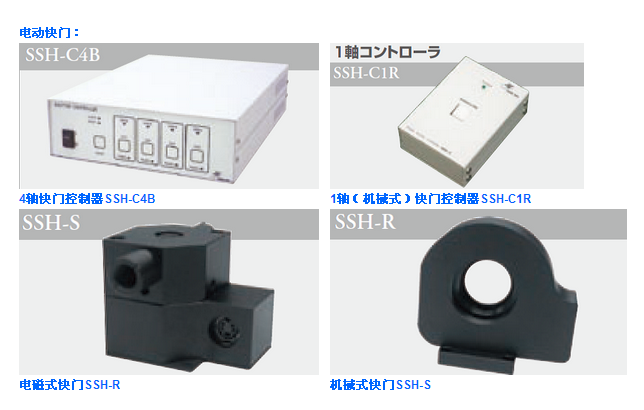

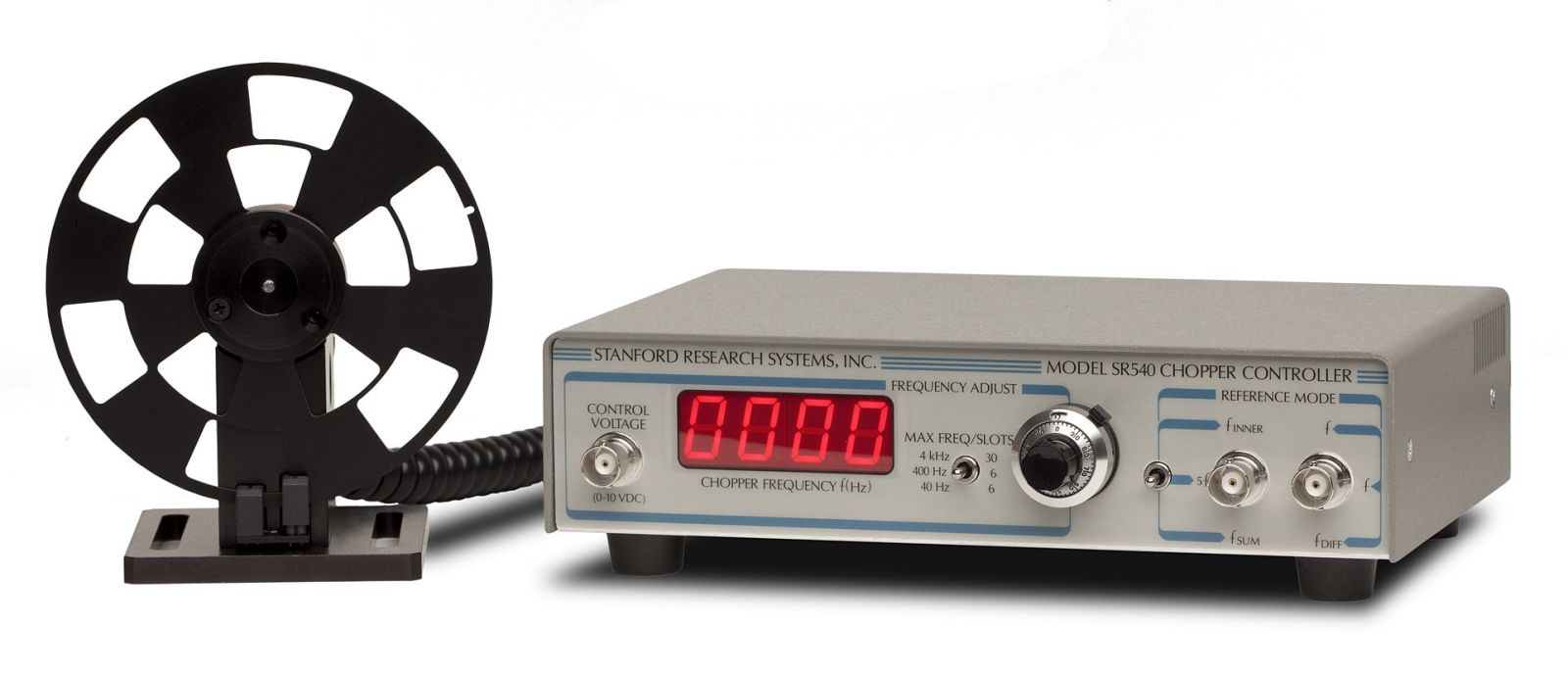
| Chop frequency | 4 Hz to 400 Hz (5/6 slot blade) 400 Hz to 3.7 kHz (25/30 slot blade) |
| Frequency stability | 250 ppm/°C (typ.) |
| Frequency drift | <2%,100HZ<F<3700HZ |
| Phase jitter (rms) | 0.2° (50 Hz to 400 Hz) 0.5° (400 Hz to 3.7 kHz) |
| Frequency display | 4-digit, 1 Hz resolution and accuracy |
| Frequency control | 10-turn pot with 3 ranges: 4 Hz to 40 Hz 40 Hz to 400HZ 400 Hz to 3.7 kHz |
| Dual-Beam Experiment | 0TO 10 VDC for 0 to 100 % of full scale. Control voltage overrides frequency dial. |
| Reference modes | ƒinner, ƒouter, 5 × ƒouter, ƒinner + ƒouter, ƒouter – ƒinner |
| Dimensions | Controller: 7.7" × 1.8" × 5.1" (WHD) Head: 2.8" × 2.1" × 1.0" (WHD) |
| Blade diameter | 4.04" ± 0.002" |
| Cable length | 6 ft. |
| Power | 12 W, 100/120/220/240 VAC, 50/60 Hz |
| Warranty | One year parts and labor on materials and workmanship, 90 days on motor |
| SR540 | Optical chopper | $1195 |
| O5402530 | 25/30 dual-slot replacement blade | $50 |
| O54056 | 5/6 dual-slot replacement blade | $50 |
| O5405 | 5-slot replacement blade | $50 |
| O54030 | 30-slot replacement blade | $50 |
| O540RCH | Replacement chopper head | $350 |
